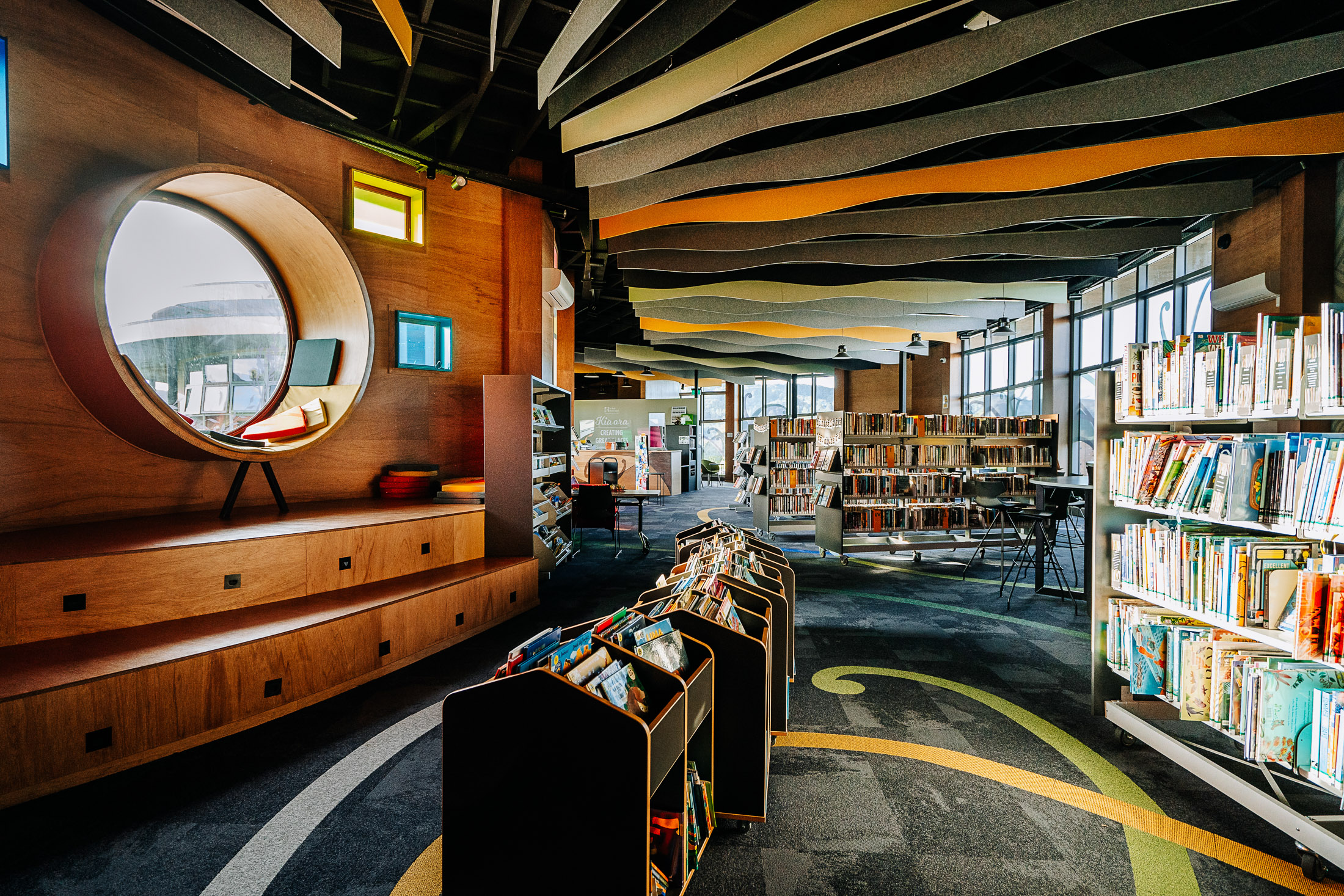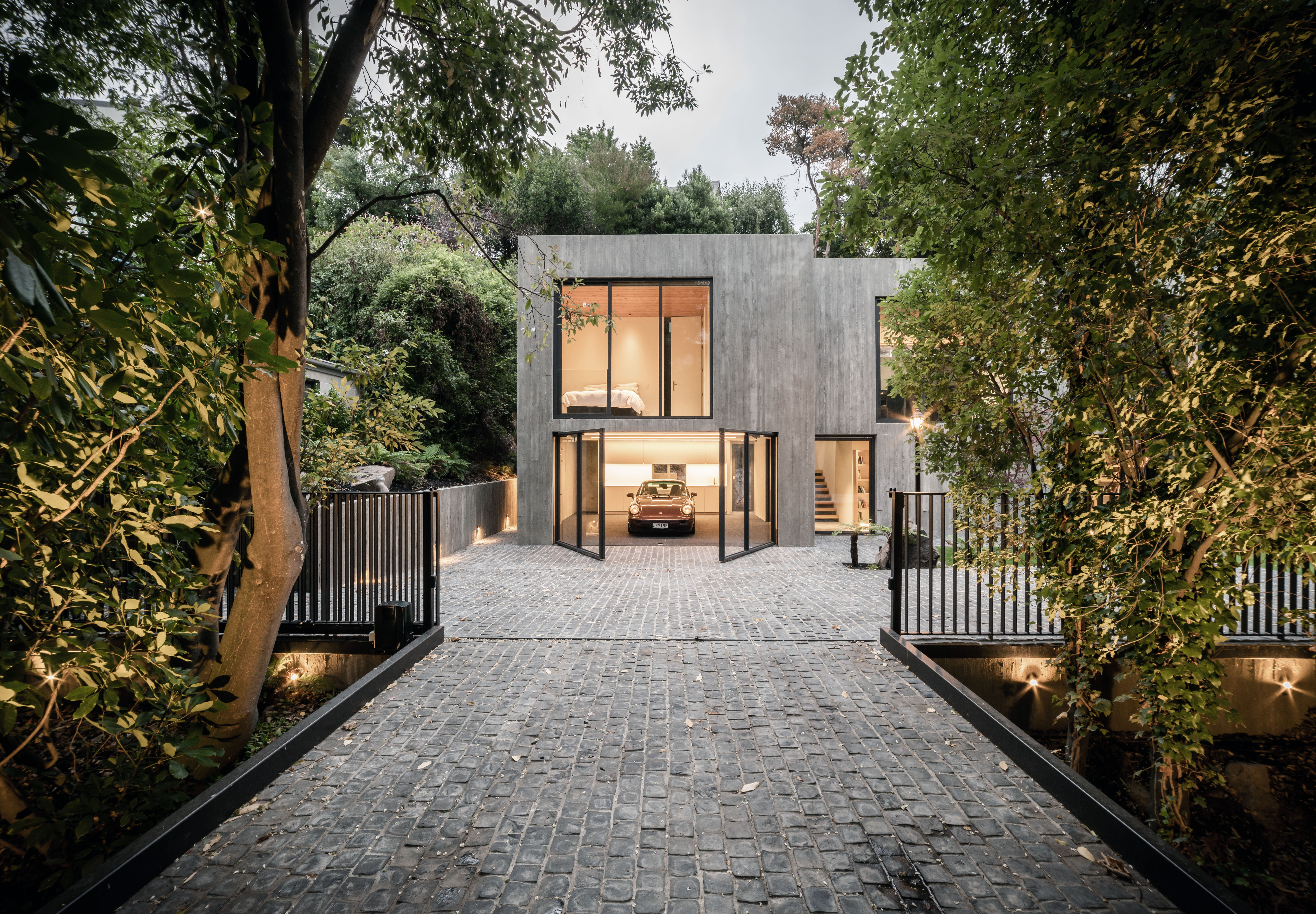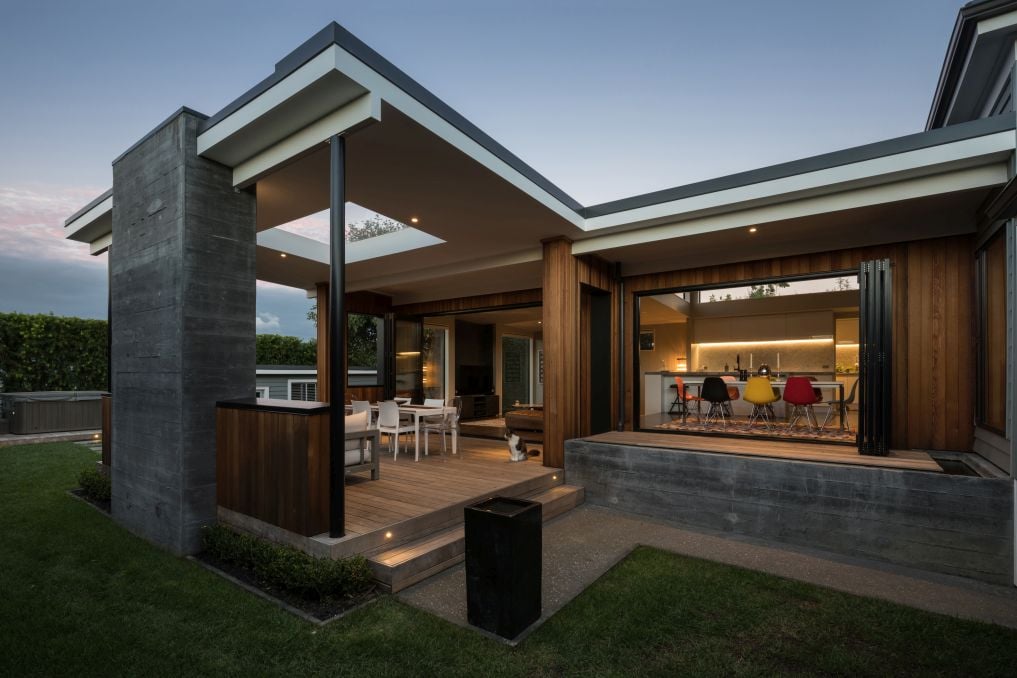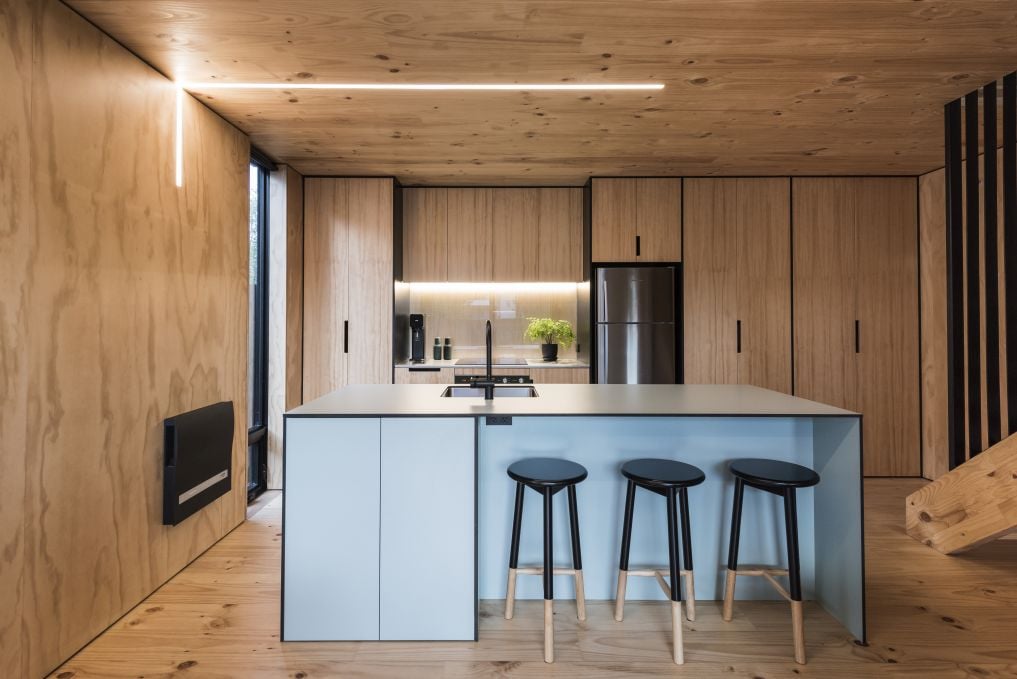Architectural designer Pip Bolton could talk for hours about the beautiful building she helped create.
Te Hononga is an interpretive centre and memorial to Kawakawa town hero Friedensreich Hundertwasser, the Austrian artist who created the decorative public toilets in the little Northland town. The centre includes a public gallery, viewing platform, community workshops and library. The very name of the centre is a giveaway to the importance of the collaborative process and the people involved in this building shaped as two joined hearts.
Te Hononga is about the joining of people and cultures, Pip says. “It’s not just a name. It was also an approach to the design authenticity.” A vision for the centre was held by the Kawakawa Hundertwasser Memorial Park Charitable Trust for over 10 years.
Local iwi Ngati Hine were great friends with Hundertwasser, who lived in the area until he died, and it was the trust’s partnership with tangata whenua which fostered the collaborative design process – something Pip is honoured to have been a part of. The result is a building which is beautiful and of cultural significance, and full of symbolism from the input of the many Ngati Hine artists. Much thought was given around how to come up with different elements which would allow people to have creative input within the constraints of the building code, says Pip.
Te Hononga original design concept, when viewed by the artists, identified elements within a Whare Whakairo and marae. The entrance into Kawakawa is depicted in the entrance onto the Marae Atea, the two heart shaped buildings represent the Poutokomanawa of the whare (the two hearts of the whare), and Kawakawa township being the marae (sacred ground between the Tomokanga and the whare entrance).
Symbolism is everywhere. The pou, or heart post, runs through the middle of the interpretive centre, going up and through the skylight to a sculpture of a Matui (white tui and mythological bird), which represents on one hand the strength of culture and the unravelling or loss of culture and identity on the other.
There is further symbolism here, too, because the pou is based on the tokotoko (ceremonial walking stick) presented to Hundertwasser at the dawn blessing of the opening of the now world-famous Hundertwasser toilets in 1999.
Pip’s idea for the buildings to feature hearts joined was taken through to the materials used, which represent not only Ngati Hine and Hundertwasser’s shared value for sustainability, but also joining of people and cultures, so one heart is constructed with rammed earth and the other timber.
The building reflects love and healing, says Pip. “The journey of the project exemplified words Hundertwasser often said – ‘when we dream alone it is only a dream, but when many dream together it is the beginning of a new reality.’ ”
Photography by Jess Burgess










